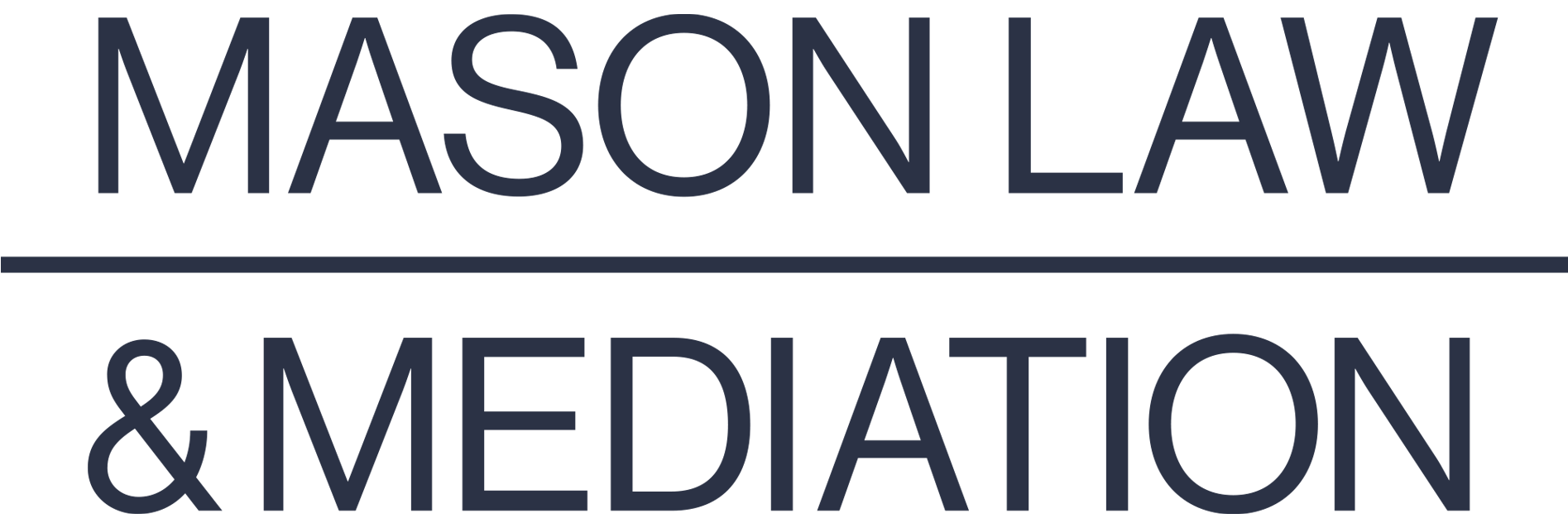You are not required to appear in court for your divorce proceedings. In New York, the law permits you to settle your divorce matters outside the traditional court system. Instead, you can reach agreements with your spouse and present these arrangements to the court for approval, eliminating the need to physically attend court hearings.
By formalizing your verbal agreements into a legal contract, these previously unenforceable understandings become binding (i.e. you can be held to honoring them), ultimately gaining the same legal weight as a court-issued order.
Steps to Getting a Divorce without Going to Court
1. Work It Out. Working it out—aka, coming to agreements with your spouse—is the lion’s share of the heavy lifting in a divorce process. In an out-of-court divorce process, this part comes first. The Work It Out phase involves you and your spouse resolving the various legal, financial, parenting and other issues relevant to your particular situation. Of course, there are many mini-steps in that process, beginning with identifying what the legally relevant issues are in your situation, and deepening your understanding of them.
This phase of the process can take a lot of forms. You and your spouse can hire attorneys, whom you direct to help you negotiate a settlement outside the court system. This can be in a more formal Collaborative Divorce process, or simply a settlement-focused negotiation. You can elect to work with a mediator, and consult with attorneys on the side (or not). You can negotiate directly with your spouse.
However you choose to proceed, if you’re working outside the court system, working through the issues comes first.
2. Draft It. Once you’ve come to agreements on all the legally relevant issues facing your family, you’ll want to draft those agreements as a binding legal contract. In divorce cases, this contract is often called a separation agreement, settlement agreement or stipulation of settlement.
The benefit of drafting your verbal agreements as a binding legal contract is two-fold: one, it’s binding, and two, it’s detailed. A legal contract transforms your otherwise unenforceable, verbal agreements into enforceable agreements (i.e., you can be held to honoring them), which will ultimately have the power of a court order. A legal contract also allows you to speak to each subject in much greater detail and with much greater precision than you could in another format (i.e., in your uncontested divorce papers).
3. Send It In. The gist here is that once you’ve signed your settlement/separation agreement, you’re ready for your uncontested divorce papers to be drafted and sent in. Those papers are comprised of between 15 and 20 different documents. Once signed, they’ll be filed with the court along with your separation or settlement agreement, which the papers will repeatedly reference and point the reviewing judge to.
4. Wait. Once you’ve completed the three steps above, you wait. If you’re working with an attorney, your attorney should be monitoring your case and will advise you when your Judgment of Divorce is ready. They’ll also be able to give you a sense of how quickly (or not) divorce papers are being processed in the particular New York county you chose to file in.
Divorce Out of Court with Help from Mason Law & Mediation
Navigating the complexities of divorce while avoiding court involvement requires expert guidance and skilled mediation. At Mason Law & Mediation, we specialize in providing tailored solutions to help couples achieve amicable and simple divorce resolutions. Our experienced attorneys and mediators can facilitate productive discussions and guide you through the legal, financial, and parenting aspects of a divorce.

